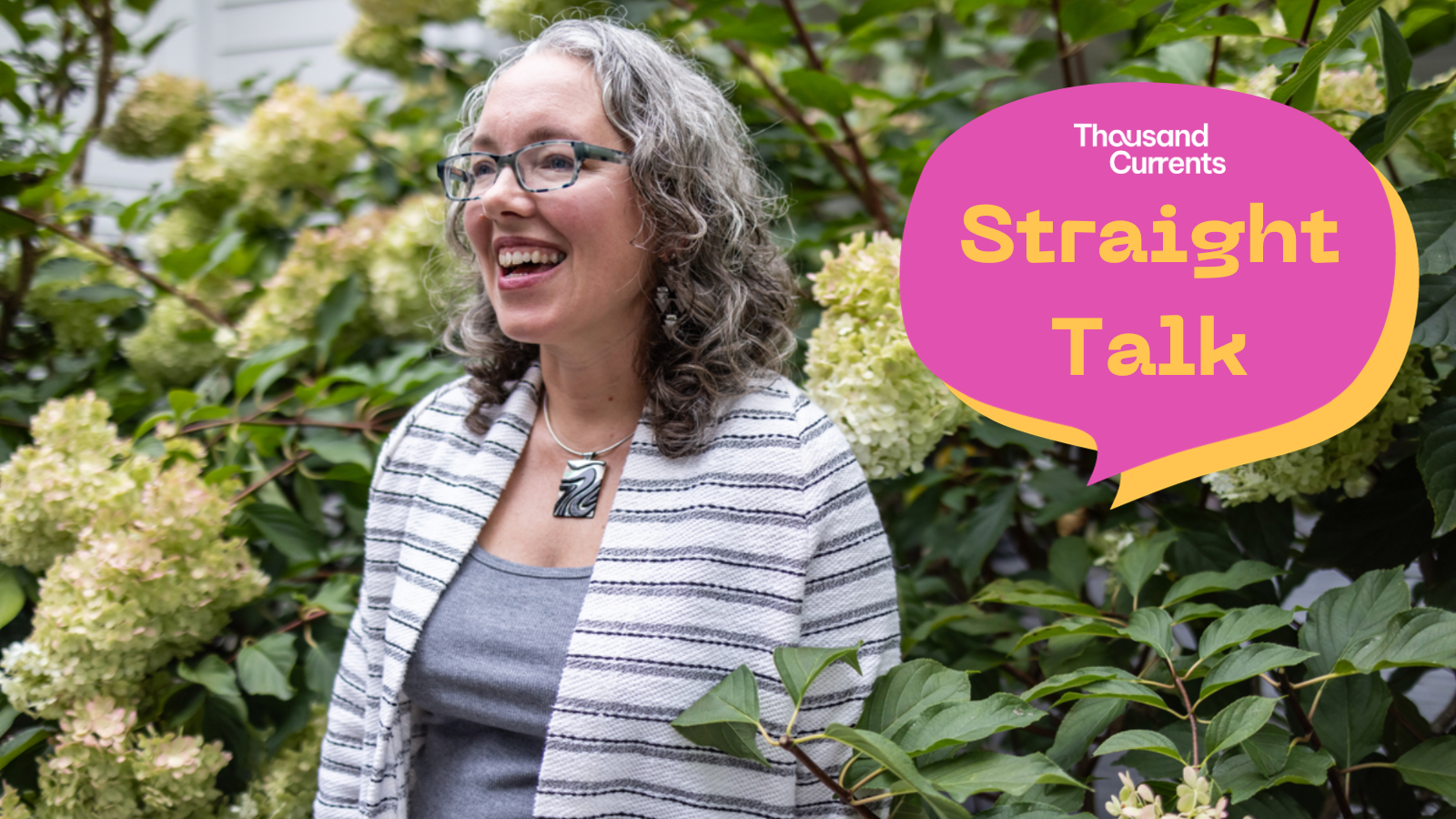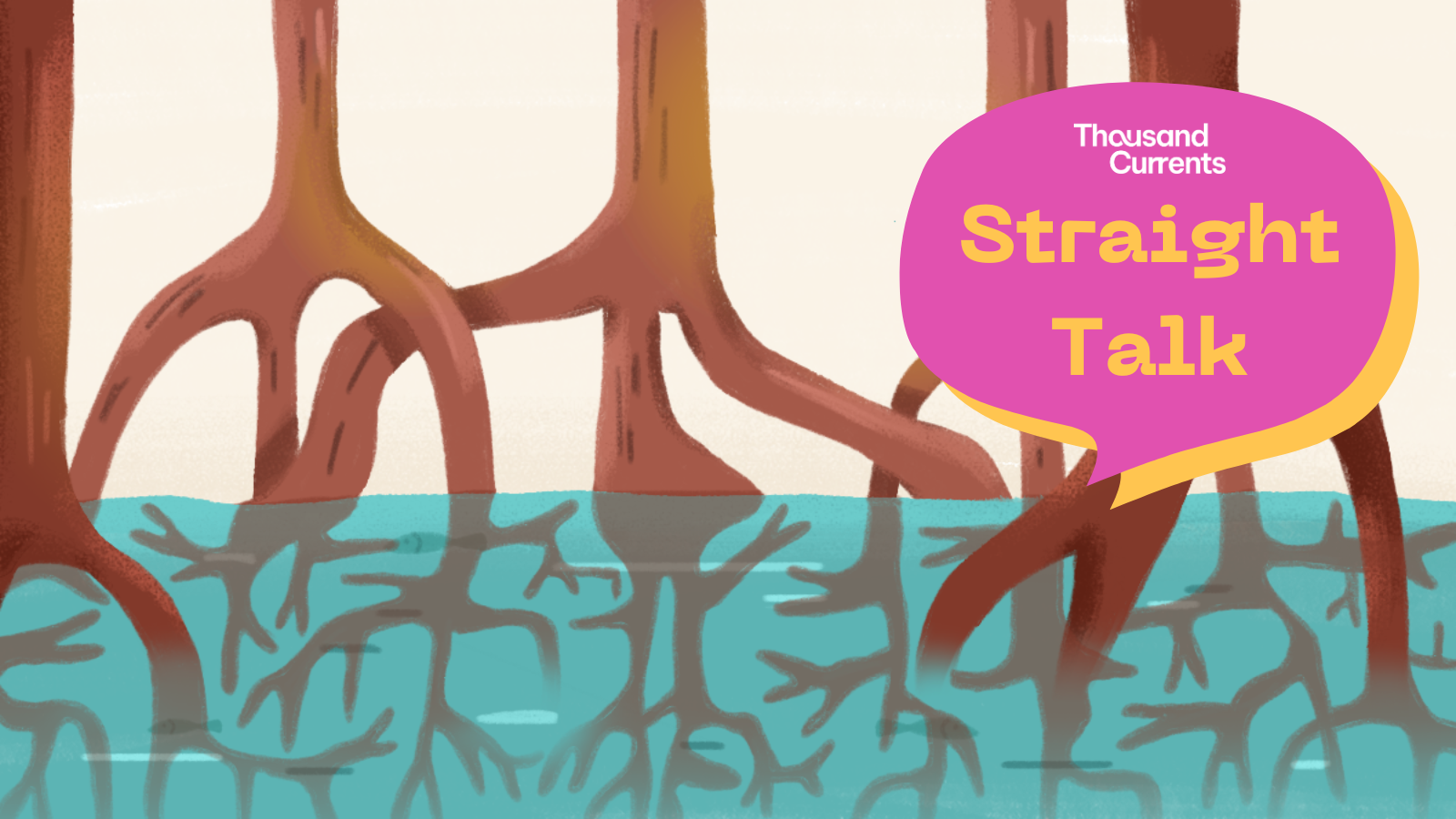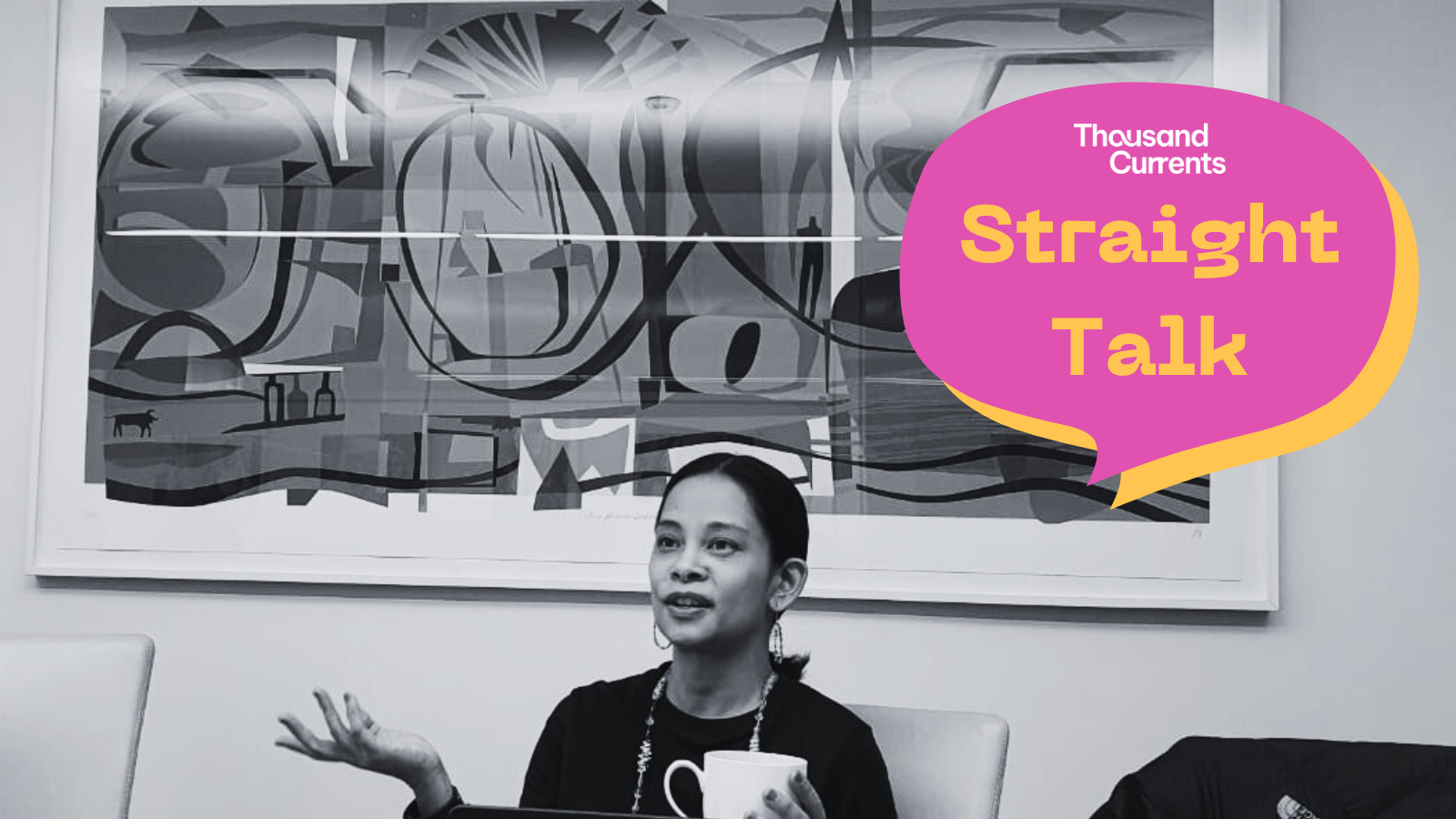Straight Talk: “We must break typical ways in which we understand power”

Continuing with our Straight Talk interview series, we bring you another insightful conversation, this time with our Vice President of Operations, Cindy Clark. Cindy has over 30 years of experience in collaborative research, advocacy, and relationship building to strengthen quality resourcing for feminist movements. She is passionate about cultivating organizational systems and practices that support geographically dispersed teams so staff can move together in values-aligned ways.
In this interview, Cindy shares what she is learning about leadership and how philanthropy can make improvements. Read on.

How has your previous experience equipped you for this new leadership role?
One of the most common myths is that you are expected to know it all right away, and the weight of this expectation can be heavy. We must allow the grace of time to take its course. I have learned to tap into the resources I have to navigate better, and to be more collaborative so people can collectively engage in problem solving. I feel emboldened to bring my experience into this position so I can support those with me, above me, and around me in making better and more effective decisions. We must break some of the typical ways in which we understand power and authority within an organizational structure. However, there’s still work to be done to build relationships and trust and to cultivate that spirit of “we’re all figuring this out together.” Yes, hierarchy and different positions of power will hold different kinds of responsibilities, but we all need to be engaging in forward thinking so everybody can benefit.
I’ve been fortunate to work at feminist organizations and different movement formations with collaborative and collective leadership. But honoring this leadership isn’t just limited to the executive level. I resonate with the notion of leaderful environments when it is framed in the language of cultivation. So, how are we cultivating leaders in an organization beyond just the executive level? It all boils down to people, practices, and creating examples of leadership—at all levels—that feel accessible and attainable. I want to enable a space where everyone feels encouraged and where people feel open to talk about challenges.
How can we converse more about the practices that we’re using to support this kind of collaborative leadership across our organizations? We’re all human, we all make mistakes, and there has to be room for that. Within those mistakes, we have to be able to grow, and a true and honest leadership is one where that permission is granted. There are no clear, right answers; we are constantly figuring out what is possible, and we need to be talking about that with each other so we can do it better.
When organizations go through change, what do we need to pay attention to?
A lot of my experience with organizational change has been related to crisis—whether financial, staffing, or something else. It’s a very different experience when change is done from an intentional, shared goal of growth. The pacing is always something to pay attention to. It’s easy to get complacent and sit with what’s comfortable. But there are ways to support staff that will allow everyone to show up fully, while still responding in the most tactical and strategic manner to whatever is happening in the world right now.
When you really think about it, change is the only constant. So I’d love to be more explicit about how we’re experiencing change: Are we growing budgets? Are we hiring more staff? Are we increasing capacity? Are we shifting practices? When we can name what we are setting out to do, we can be clear about how to take those changes forward. Otherwise, change will only lead to more anxiety. It’s important to be in touch with those feelings, and to provide a container that allows for some stability so people can find their comfort zone.
What have you learned about ways of working with a virtual and global team?
The reality is that there is nothing about our structures, 501(c)(3) regulations, and other formal systems (banking structure, for example) that makes remote work easy for organizations, particularly in the US. Our systems are built in a way that discourages comfortable virtual work. Every organization has to find its own path around these constraints and to interrogate its own comfort level on the compromises it needs to make in a remote environment.
For me, the best part of virtual work is how we lean into each other’s awesomeness, while still being miles apart. It is a really beautiful thing to make a larger effort to connect with folks and to have relationships with people across multiple geographic locations. I’ve found that facilitates a rare kind of learning and exchanging of ideas that creates a smarter, more intentional kind of team building. The rare moments of in-person meetings then become a lot more meaningful and powerful. Of course, we need to keep getting better at forging and maintaining those connections. Because everyone is everywhere, there is no one time that’s good for everyone to be in a conversation together. So either you are asking folks to be up during unreasonable hours, or dividing the team by time zone; we need to play with those different possibilities and figure out what works best.
Where do you see room for improvement in the philanthropic landscape?
I’m still new to this kind of close engagement with philanthropy, but in general, I’d say: You do not need to find the right strategy and figure out the answers. You need to find the right people and groups that you trust. Then just give them the resources, follow their strategy, listen to what they need, and get behind that instead of feeling the need to always be in the driver’s seat and get all the answers to the world’s most complex problems. That’s a really important thing to remember, and not all of us do. I’m excited to be at Thousand Currents because it gives me the opportunity to be that enabler.
Of course, there have been some significant shifts over the last 20 years—new institutions coming in, new forms of leadership emerging, and relatively newer models of grantmaking. I feel another important evolution is the involvement of more movement actors who are pushing philanthropy to do better. They do have a voice, and they don’t just want to be passive recipients of resources. Thousand Currents is in a great place to cultivate and support that kind of engagement. Hopefully, our allies in these spaces can emulate and exhibit those practices too.
Thousand Currents’ learning principle has been in our DNA since the very beginning. We are consistently learning from our partners and integrating those learnings into our practices—from the way we move money, to the people we hire, to the folks who hold positions of power. At one point, our movement partners advised us to be more influential in the philanthropic sector, and that suggestion led to the creation of a whole new donor education program, which in turn forged philanthropic partnerships. We take the words of our movement partners seriously. We regularly ask how we can support them beyond just being a grantmaker, and then we take action.
As told to Deepa Ranganathan
Part 4 of a leadership interview series. Check out all previous interviews by clicking here.
Related Stories



